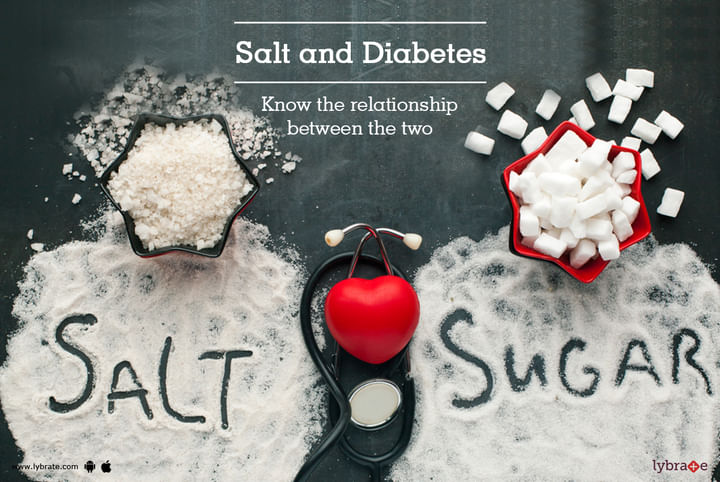Salt & Diabetes - Know The Relationship Between These Two Conditions
Most people are aware of the fact that obesity, physical inactivity, and a poor diet are all associated with diabetes. Some also think that the amount of salt consumed also has a role to play. However, the truth is, consuming too much salt does not cause diabetes – not directly at least.
The relationship between diabetes and salt is more complex.
Sodium controls the balance of fluids in the body, thus helping you manage normal blood pressure and volume. Overconsumption of sodium can spike your blood pressure, resulting in fluid retention. This causes swelling in the lower extremities and may lead to other serious health complications in diabetes patients.
If you have pre-diabetes or diabetes, the amount of salt you eat can worsen the condition by causing high blood pressure – this again, puts you at risk of cardiovascular diseases, kidney diseases, and stroke.
Foods that are High in Salt Content
While many foods contain salt naturally, most people consume sodium through table salt – this type of salt is added during food processing or cooking. The average Indian consumes 10.98 gms of salt daily, which is way above the recommended measure (5gms) as set by the World Health Organization.
Canned or processed foods are the ones containing a significantly high amount of sodium. Fast foods also tend to be salty. Here is a look at some sodium-rich foods, which you should try avoiding –
- Poultry, fish, or meat that has been canned, cured, smoked or salted – for example, ham, bacon, and sausage
- Canned stocks, broths, and vegetables that have added salt in it
- Buttermilk
- Salted nuts
- Powdered soup mixes
- Canned meals – ravioli, spam, baked beans, soup
- Breaded meats and frozen dinners – chicken nuggets, burritos, pizza
- A variety of cheese
- Salted rolls and bread
- Seasoning salt, soy sauce, marinades, and salt dressing
- Margarine, vegan spreads, and salted butter
Keeping Track of Sodium Intake
People with diabetes must regulate their daily salt intake. Ideally, you should keep it under 2300 mg each day. If you have hypertension, your sodium daily salt intake should not exceed 1500 mg.
It is essential that you read the nutrition label on food packets before cooking or eating food. Look for foods that are low in sodium, containing not more than 140 gm of salt each serving. Here is a list of low-sodium foods that are good alternatives to foods containing salt in excess –
- Low-sodium peanut butter
- Dried beans and peas
- Fish, meat, poultry and eggs without additives
- Yoghurt and milk
- Unsalted bagels, bread and rolls
- Unsalted fruit and vegetable juices
Even if you are cooking at home, be sure to look up that the spices and ingredients you are using do not contain added salt.
Although sodium itself does not cause diabetes, it sure does affect your health greatly if you have diabetes or pre-diabetes. If you are worried about your daily salt intake, you should consult a doctor and discuss ways to curb the amount of sodium in your diet.


+1.svg)
